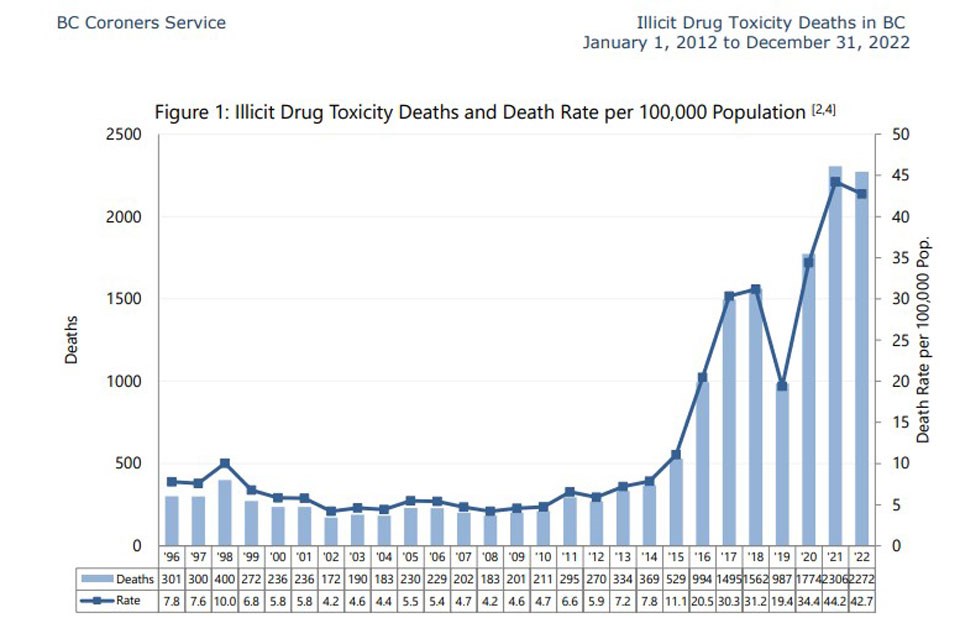At the risk of turning this column into the Death Beat, I have a bit more to say on the topic of mortality.
First, thank you to those who have reached out with condolences after my column last week, where I talked about my father’s passing. No one really knows what to say in these situations, but a nod of acknowledgment is appreciated.
Second, what about the hospice situation in Richmond?
In my column, I talked about how grateful I was that my family had the Richmond hospice to be with my 95-year-old father at the end. But the response I got from a number of readers was, “lucky you!” Ten beds at Richmond’s only hospice has meant some don’t have that “luxury.”
The possible need for another hospice may be fodder for a future column, but what I can talk about now is this common thread regarding all the elements of care that we need outside of the hospital.
No one would argue that hospitals aren’t vital to our health care system. Richmond is in the process of getting a very expensive, state-of-the-art one. And while I realize securing the funding and commitment to build the facility took a ton of hard work, what it didn’t take was a significant mind shift about its worth.
No one in the process said a quality hospital isn’t something we need. No one said, if you have cancer, go find your own doctor — try Google. No one said, if you’re having a heart attack, “That’s what you get for eating too many Twinkies — try dieting.”
And even if some did, the intrinsic worth of a public hospital is largely undisputed, even by advocates for private clinics.
However, when it comes to everything else surrounding the hospital, it’s another matter. And nowhere is that more the case than mental health and addictions.
I write this the day after the provincial coroner has released the number of deaths related to drug toxicity in B.C. It’s an astounding number — six people a day and 10,000 since the crisis was declared a crisis in 2016.
In Richmond alone, the drug-related death tally for 2022 is 28.
The same day the numbers were released, the provincial government started a three-year pilot to decriminalize possession of small amounts of hard drugs.
They’re calling this historic, and I guess it is, but it still falls so short of what’s needed. The amount allowed is about half what we’re told a regular drug user consumes. And there’s still no talk about a safe supply. Remember, we’re talking about 10,000 deaths in six years.
I don’t want to say nothing has been done. That would be to dismiss the incredible work of so many who are in the field saving lives.
But despite all the science, all the stats, all the expert advice from police chiefs to addicts calling for significant policy and resource changes, the numbers continue to rise.
Why? Perhaps our last municipal election provides a clue. During the fall campaign, the fact Richmond doesn’t have a safe injection site was discussed. That prompted an announcement on the part of one group of candidates claiming secret negotiations were going on to open one, and they would stand firm against it.
I suspect the last-minute messaging was an attempt to whip up anxiety about a scourge of drug addicts coming into our community and leading our children into a life of crime.
But here’s the real secret. “They” (that would be our brothers, sisters, children, friends and neighbours) are already here, and they’re dying for lack of services.
If we are ever going to tackle the scourge of death and desperation, we have to make the mind shift towards realizing fancy equipment in a shiny new hospital only treats part of the malady.

